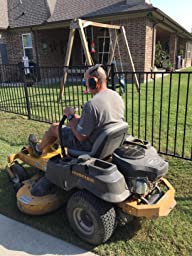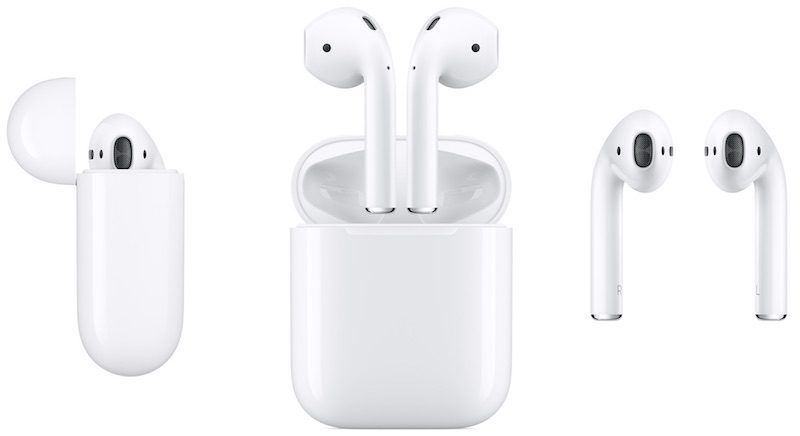Basics Of Hearing Protection For Workers
Last Updated on November 20, 2020 by Duncan
Are you a worker and have always wanted to know about hearing protection for workers? You are at the right place.
Did you know overexposure to noise can lead to hearing problems? The most common one is noise-induced hearing loss.
The effects of the condition aren’t noticeable at first, but as you expose yourself to more noise, the effects become more and more apparent.
In most cases, the noise-induced hearing loss takes months or even years to notice.
Regulation 381
Under regulation 381, the employer is supposed to provide hearing protection to the workers working in areas exposed to the noise of 85 decibels or more during an 8-hour workday.
For you to tell how loud the area is, think about the tools that you use in your work.
You also should think about the tasks that you perform in the workplace. How long are you exposed to the noise?
Some of the most common causes of noise at the workplace include:
Concrete cutter: The machine can generate up to 103 decibels. If you are exposed to the cutter for more than 7.5 minutes, you will have overexposed yourself to noise.
Air compressors: Some air compressors can generate up to 95 decibels of noise-causing overexposure in as little as 47 minutes.
Chainsaws: Sounds produced by chainsaws vary depending on the size and make, but most of them produce noise that exceeds 107 decibels.
This noise is known to lead to overexposure in as little as 3 minutes.
Determining the noise levels in the workplace
You can use a wide range of methods to determine how loud the workplace is. One of the most accurate ways is using a noise dosimeter.
This is a device that you place on your shoulder, and it will measure the sound levels during your shift.
You can also use a sound level meter. This is a machine that measures sound levels of equipment, tools, and work areas.
There are also smartphone apps available on the market that can help you. You should only use the apps for screening tools as they aren’t accurate.
You don’t need a machine to help you in telling whether it’s too loud.
If you have to shout to communicate with someone standing an arm’s length away, the noise levels are too high.
Buying hearing protection
Before you go ahead and buy hearing protection, you should ask the employer to determine whether there are other ways of reducing the noise.
One of the things you can do is to ask the employer to buy quieter tools and equipment. The employer should also undertake regular maintenance of the machines.
You should only buy ear protection devices if there is no other way to reduce the noise.
Before heading to the stores, review the workplace activities for you to determine the right protection that you need.
Do you need to communicate with other workers? When communicating, do you do so face-to-face, use a radio or any other electronic device?
Do you work in areas where you need to hear the important warning? Do you work near traffic and need to hear an emergency alarm?
You need to think about this before choosing the right hearing protection.
You also should consider the various styles available in the market, how to use them, and how to inspect and maintain the hearing protection.
Hearing protection types
When you are buying the hearing protection devices, you should know that the devices have different noise reduction rating (NRR).
The rating describes the amount of noise that the devices can prevent.
Two of the hearing protection devices that you can buy are: earplugs and earmuffs:
Earplugs
Earplugs come in different sizes that range from small, medium, to large. When buying the pieces, choose those that fit you perfectly.
When you do this, you will not only have an easy time keeping the pieces in place, you also will block most of the noise from getting into your ears.
The most common types of earplugs in the market are foam earplugs.
You need to wear them deep into the ear, and they will gradually expand inside the ear canal, blocking out most of the noise.
You should note that the pieces are meant to be worn only a few times, after which you should discard them.
Pre-molded earplugs are made from flexible materials with a stem.
You grip the stem between your fingers and push the earplug into the ear. When pulling out the earplug, you should pull it from the stem.
Unlike foam earplugs that you wear a few times, these last for a little longer.
How to wear earplugs
Since you insert the pieces deep into your ear, you should ensure that your fingers are clean.
To wear the pieces, you need to hold them between the index and middle finger. You should use the thumb to grip the top of the plug.
You should roll the earplug between your fingers while applying pressure so that you compress the piece as much as possible.
You should apply the pressure slowly as doing it too quickly with squash the earplug. You also will distort the piece with wrinkles. As you might have guessed, this would affect the fit.
A properly compressed earplug is smooth, round, and free of wrinkles.
You should then insert the compressed earplug into the ear canal. To block out as much noise as possible, insert the earplug as deep into the ear as possible.
You should allow the earplug to expand, and the sounds will start fading away.
Ensure that the earplug is completely in the ear. You should note that if the earplug is sticking out of the ear, you haven’t properly inserted it, and the noise will seep in.
Earmuffs
Earmuffs are easier to use than earplugs and an ideal choice for you if you work in ears where your hands are always dirty.
When working during winter, earmuffs are a great choice as they keep your ears warm.
When buying headphones for mowing, go for those with proper ear lining, seal, and other features that increase the comfort levels.
For the pieces to last for a long time, you need to take good care of them.
This calls for you to clean them regularly. you also should regularly inspect them for tears, cracks, and other imperfections.


